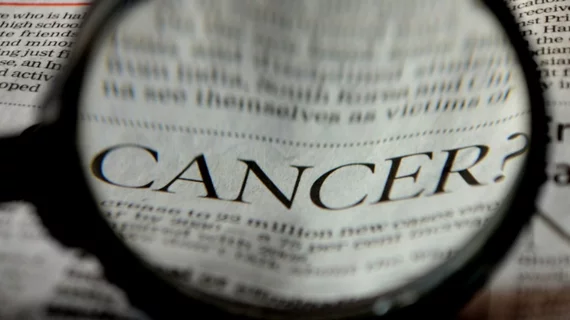Tachycardia in cancer patients linked to poor survival
Patients who experienced tachycardia within one year of being diagnosed with cancer carried higher mortality rates up to a decade later—even after adjusting for clinical characteristics and medication use—according to research presented Jan. 25 at the Advancing the Cardiovascular Care of the Oncology Patient conference.
Sinus tachycardia was defined in the study as a heart rate of more than 100 beats per minute, diagnosed via electrocardiogram during at least three different clinic visits. Sixty-two percent of the 50 study participants with tachycardia died within the next 10 years, compared to only 22.9 percent of the 572 other cancer patients without the arrhythmia.
Researchers including senior study author Tochi M. Okwuosa, DO, ran two statistical models adjusting for various characteristics and found tachycardia remained significantly associated with all-cause mortality in both cases. The first model adjusted for race, albumin, hemoglobin, beta-blockers, kidney disease, the use of blood thinners and type of cancer, while the second adjusted for race, coronary artery disease, stroke, diabetes, smoking status and radiation.
All participants were seen at Rush University Medical Center in Chicago from 2008 to 2016. They were 60.5 percent women, 76.4 percent white and 70 years old on average. Nearly 7 in 10 had stage 4 cancer and 43 percent had lung cancer.
"We are continuously learning about the unique heart disease risks that face cancer patients, and our study shows that tachycardia is a strong prognosticator regardless of cancer type,” Okwuosa, director of the cardio-oncology program at Rush University Medical Center, said in a press release issued by the American College of Cardiology. The ACC hosted the conference where the study’s results were presented.
“That's why it is critically important to be co-managing both cancer and heart conditions to ensure patients receive the most effective treatment possible. However, we need to do more studies to determine whether management of tachycardia in cancer patients will have any effect on survival."

